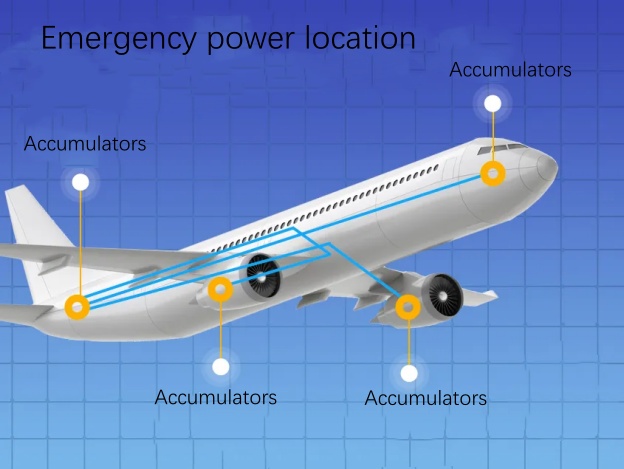1. Efficient energy conversion technologies
Inverter technology: Aviation ground power supplies usually use inverters to convert direct current (DC) to alternating current (AC) for aircraft. Modern inverter technology is characterised by high efficiency and low loss, which can minimise energy wastage in the energy conversion process.
Intelligent regulation technology: the power output is precisely regulated through an intelligent control system to ensure that parameters such as output voltage, current and frequency are stable and meet the actual needs of aircraft equipment, while reducing unnecessary power consumption.
2. Application of energy storage technology
Energy storage aircraft ground power supply: For example, the world's first energy storage aircraft ground power supply independently developed by a Chengdu-based enterprise, through the energy storage device to store power when power demand is low, and release power when power demand is high, in order to balance the load on the power grid and reduce power consumption during peak hours. This technology not only reduces dependence on the power grid, but also significantly reduces energy consumption and emissions.

3.Promoting Ground Power to Replace Aircraft APUs
When aircraft are on the ground, the aircraft's own fuel consumption and emissions are reduced by using ground power to replace the aircraft's auxiliary power unit (APU). For example, Capital Airlines uses energy storage power carts to operate during aircraft work, effectively reducing CO2 emissions .
4.Intelligent Management
Intelligent monitoring system: The intelligent monitoring system carries out real-time monitoring and data analysis of the operating status of power supply equipment, timely detects and deals with potential safety hazards and faults, and ensures the normal operation and efficient use of the equipment. At the same time, the intelligent monitoring system can also intelligently adjust the power output according to the actual power demand of the aircraft to achieve the purpose of energy saving.

5. Lightweight design
Lightweight materials and structural design: Through the use of lightweight materials and optimised structural design, the weight of the power supply equipment is reduced to lower the transportation and installation costs. At the same time, lightweight design also helps to reduce energy consumption and emissions during the operation of the equipment.
Policy support and incentives: The government has introduced relevant policies to encourage and support the aviation industry to adopt energy-saving and environmental protection technologies, such as providing financial subsidies and tax incentives, etc., to promote the renewal and technological upgrading of aviation ground power supply equipment.

To sum up, the energy-saving and environmental protection technology of aviation ground power supply is realised through many aspects, such as high-efficiency energy conversion, the application of energy storage technology, the use of new and renewable energy sources, high-efficiency heat dissipation system, intelligent management and lightweight design. The application of these technologies not only improves the energy efficiency and reliability of power supply equipment, but also significantly reduces energy consumption and environmental pollution, making an important contribution to the sustainable development of the aviation industry.






